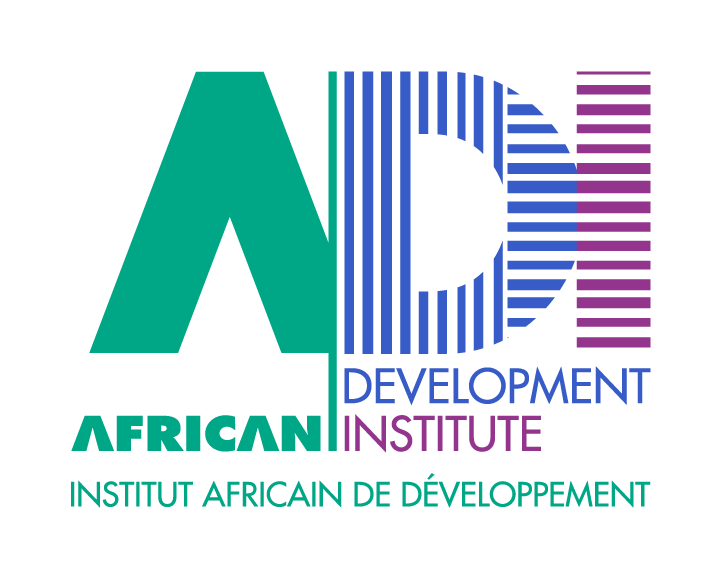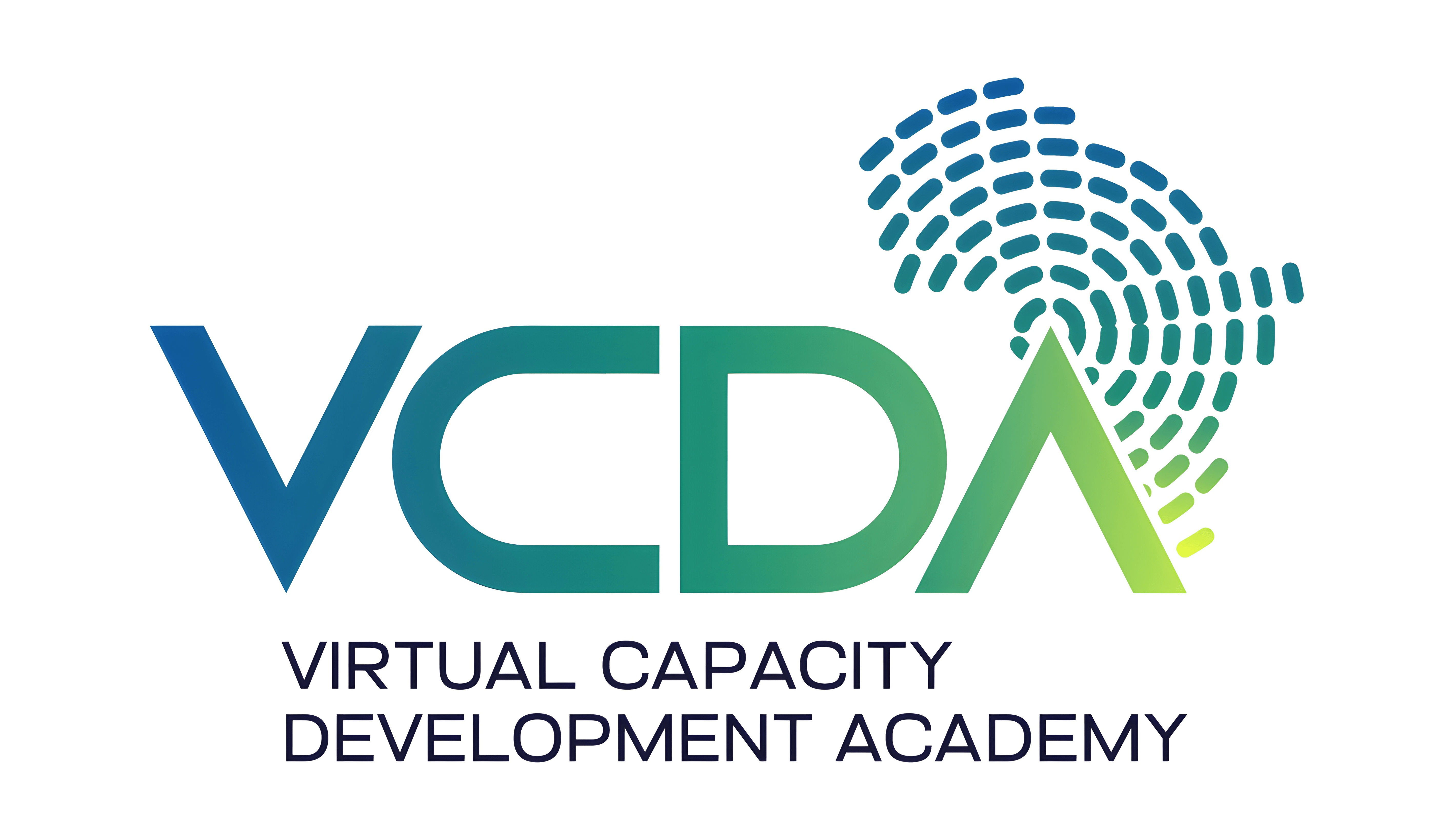1. Introduction
Africa has experienced faster economic growth over the past decade, averaging 5.2% per year, compared to 3.6% per year between 1994 and 1999. However, poverty remains a major challenge. The proportion of people living on less than $1 a day declined slightly from 47% to 43% between 2000 and 2005, while the proportion of people living on less than $2 a day is estimated to have declined from 68.7% in 1990 to 60.8% in 2010. Moreover, inequality remains high and is widening in many Sub-Saharan African (SSA) countries (Figure 1). Among the 10 most unequal countries in the world, six were in SSA in 2010, the top three being Namibia, South Africa, and Lesotho, with Gini coefficients of 70, 65, and 63, respectively.
Youth constitute the majority of Africa's poor (72%). African countries continue to experience high unemployment rates, and youth unemployment remains high in most countries, exceeding 80% in Nigeria, Ethiopia, Uganda, Zambia, and Burundi. It is therefore essential for the continent to pursue an inclusive growth (IG) agenda for its sustainable development, beyond pro-poor growth policies. This brief highlights some key areas on which the Bank and other development partners should focus to strengthen the IG agenda in RMCs. Unlike pro-poor growth, which targets only the poor, the IG agenda targets all segments of society and the economy. Inclusive growth aims to ensure the inclusion of all social groups in the development process, regardless of their social classification, thereby providing economic opportunities (the pace of growth) to all while ensuring equal access to these opportunities (the growth pattern), including for vulnerable and marginalized people, so that they can contribute to interventions and benefit from them in absolute terms.
The Bank defines inclusive growth (IG) as economic growth that results in expanded access to sustainable socioeconomic opportunities for a greater number of people, regions, or countries, while protecting the most vulnerable, all within a climate of equity, equal justice, and political plurality. It is based on three main pillars: broad-based growth across all sectors and regions, productive employment, and the protection of disadvantaged and marginalized groups from adverse shocks. It takes into account age, gender, regional or geographic disparities, as well as sectoral differences and balances. Accelerated, strong, sustainable, and inclusive growth will promote sufficient income growth for the majority of the population to lead to a general improvement in living conditions. The more inclusive growth is, the more likely it is to contribute to broad-based development, sustainable poverty reduction, and wealth creation.
Therefore, as emphasized at the 2010 G20 Seoul Summit during the Seoul Consensus for Inclusive Growth, the actions and policies of development partners must be able to significantly improve the prospects for inclusive, sustainable, and resilient growth, beyond the status quo. 2. Implementing the Inclusive Growth Agenda: The section below briefly presents the contribution of selected key sectors to inclusive growth in Africa. This is followed by a discussion of measures likely to stimulate strong, sustainable, and resilient growth and contribute to addressing exclusion, including by addressing poverty, inequality, poor social indicators, unemployment, etc. 2.1 Infrastructure: Africa has a low infrastructure stock compared to other developing regions of the world. For example, recent data (2006-2009) show that only 28% of the African population had access to electricity, compared to 70% in other developing countries, and that 69% had improved access to water, compared to 88% in other developing countries.
Improving infrastructure, including its regulatory environment, will strengthen Africa's competitiveness and productivity, reduce the cost of doing business, and facilitate trade and foreign direct investment. It will strengthen economic and social integration and create jobs during project implementation and operation. It will also support the delivery of social services and thus contribute to inclusive governance. Rural infrastructure development, in particular, has numerous impacts.


